9 Best Herbal Tinctures For Psoriasis
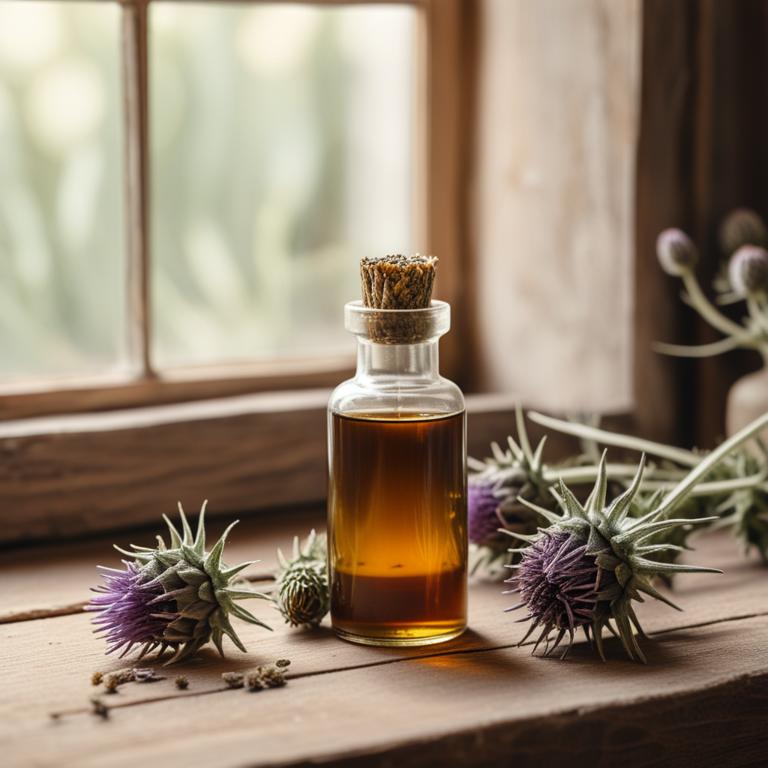
Herbal tinctures for Psoriasis are concentrated liquid extracts made from plants, used to treat this chronic skin condition by reducing inflammation and promoting healing.
These tinctures offer numerous benefits, including reducing scaling, redness, and itching associated with Psoriasis, as well as promoting overall skin health.
Various herbal tinctures have been found effective in treating Psoriasis, such as Aloe Vera tincture which soothes and calms the skin, Turmeric tincture which reduces inflammation and oxidative stress, and St. John's Wort tincture which promotes wound healing and skin regeneration.
Additionally, other herbal tinctures like Calendula, Tea Tree, and Ginger have also been used to treat Psoriasis due to their antiseptic, anti-inflammatory, and antioxidant properties.
According to "Molecules (Basel, Switzerland)", tinctures for psoriasis may be effective in controlling symptoms and reducing oxidative stress conditions, which are key factors in the development and progression of the disease.
Below there's a list of the 9 best herbal tinctures for psoriasis.
- 1. Aloe barbadensis tinctures
- 2. Aloe vera tinctures
- 3. Curcuma longa tinctures
- 4. Echinacea purpurea tinctures
- 5. Melaleuca alternifolia tinctures
- 6. Silybum marianum tinctures
- 7. Hamamelis virginiana tinctures
- 8. Urtica dioica tinctures
- 9. Lavandula angustifolia tinctures
Also you may be interested in...
TODAY'S FREE BOUNDLE
Herb Drying Checklist + Herbal Tea Shopping List + Medicinal Herbs Flashcards
Enter you best email address below to receive this bundle (3 product valued $19.95) for FREE + exclusive access to The Aphotecary Letter.
$19.95 -> $0.00
1. Aloe barbadensis tinctures

Aloe barbadensis tinctures have been used to treat psoriasis due to their anti-inflammatory, antiseptic, and moisturizing properties, which help to soothe and calm the skin.
The bioactive constituents of Aloe barbadensis, including aloin, aloe-emodin, and acemannan, have been shown to reduce inflammation and promote wound healing, thereby helping to alleviate the symptoms of psoriasis.
The use of Aloe barbadensis tinctures can help to reduce the redness and scaling associated with psoriasis, promoting a more even skin tone and texture.
Overall, the benefits of Aloe barbadensis tinctures in treating psoriasis include reduced inflammation, improved skin hydration, and a decrease in the frequency and severity of psoriasis outbreaks.
Related Study
According to Tropical medicine & international health : TM & IH, Aloe barbadensis tinctures for psoriasis were shown to be highly effective in curing patients with psoriasis vulgaris, with a cure rate of 83.3% compared to a placebo cure rate of 6.6%.
2. Aloe vera tinctures
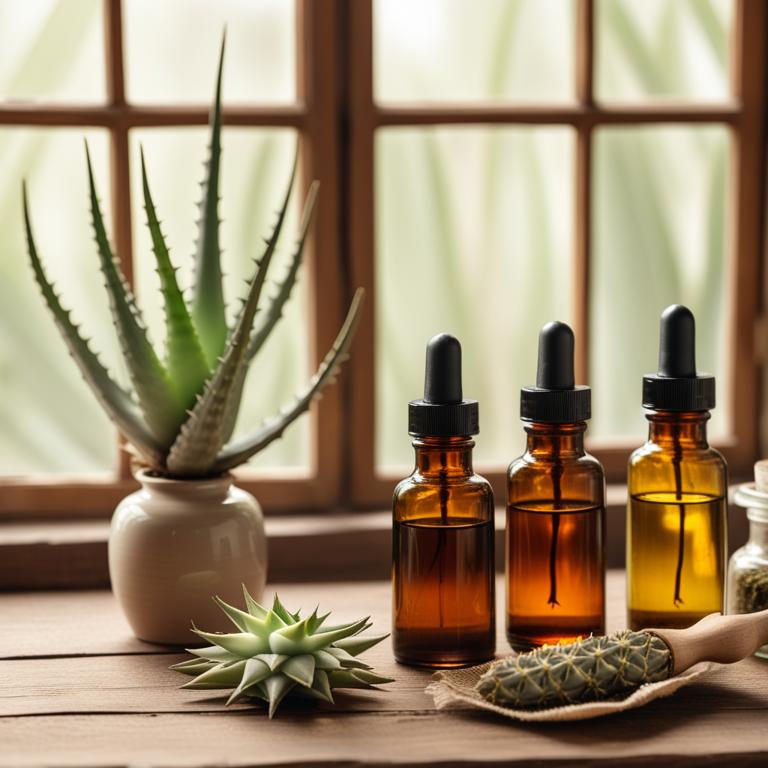
Aloe vera tinctures have been traditionally used to treat psoriasis due to their anti-inflammatory and soothing properties, which help to calm the skin and reduce redness and irritation.
The bioactive constituents of aloe vera, including aloin, aloe-emodin, and vitamins A, C, and E, work together to reduce inflammation and promote healing, ultimately relieving symptoms of psoriasis such as scaling and itching.
By applying aloe vera tinctures topically, individuals with psoriasis may experience reduced inflammation, improved skin elasticity, and a decrease in the appearance of scales and lesions.
The benefits of using aloe vera tinctures to treat psoriasis include reduced risk of infection, accelerated wound healing, and improved overall skin health, making it a popular natural remedy for this chronic condition.
Related Study
According to Tropical medicine & international health : TM & IH, Aloe vera tinctures for psoriasis showed significant efficacy in treating the condition, with 25 out of 30 patients (83.3%) cured and a decreased PASI score to a mean of 2.2 after treatment with 0.5% Aloe vera extract in a hydrophilic cream.
3. Curcuma longa tinctures

Curcuma longa tinctures have been traditionally used to treat psoriasis due to their anti-inflammatory and antioxidant properties, which help to reduce redness and irritation associated with the condition.
This herbal preparation exerts its beneficial effects by inhibiting the production of pro-inflammatory cytokines and enzymes that contribute to the development of psoriatic lesions.
The bioactive constituents of Curcuma longa, including curcumin, demethoxycurcumin, and bisdemethoxycurcumin, have been shown to exhibit potent anti-inflammatory and antioxidant activities, which help to alleviate symptoms of psoriasis.
By using Curcuma longa tinctures, individuals with psoriasis may experience reduced inflammation, improved skin hydration, and a decrease in the severity and frequency of psoriatic lesions.
Related Study
According to "Protoplasma", Curcuma longa tinctures for psoriasis have been shown to downregulate the overexpressed cytokines associated with the disease, suggesting a potential role in the prevention and treatment of psoriasis.
4. Echinacea purpurea tinctures

Echinacea purpurea tinctures have been used traditionally to treat various skin conditions, including psoriasis, due to their anti-inflammatory and immunomodulatory properties.
The herbal preparation helps to treat psoriasis by reducing inflammation, modulating the immune response, and promoting wound healing, thereby alleviating symptoms such as redness, itching, and scaling.
The bioactive constituents of Echinacea purpurea, including alkylamides, caffeic acid derivatives, and polysaccharides, contribute to its therapeutic effects by inhibiting the production of pro-inflammatory cytokines and promoting the production of anti-inflammatory cytokines.
By using Echinacea purpurea tinctures, individuals with psoriasis may experience reduced symptoms, improved quality of life, and a faster healing process.
5. Melaleuca alternifolia tinctures
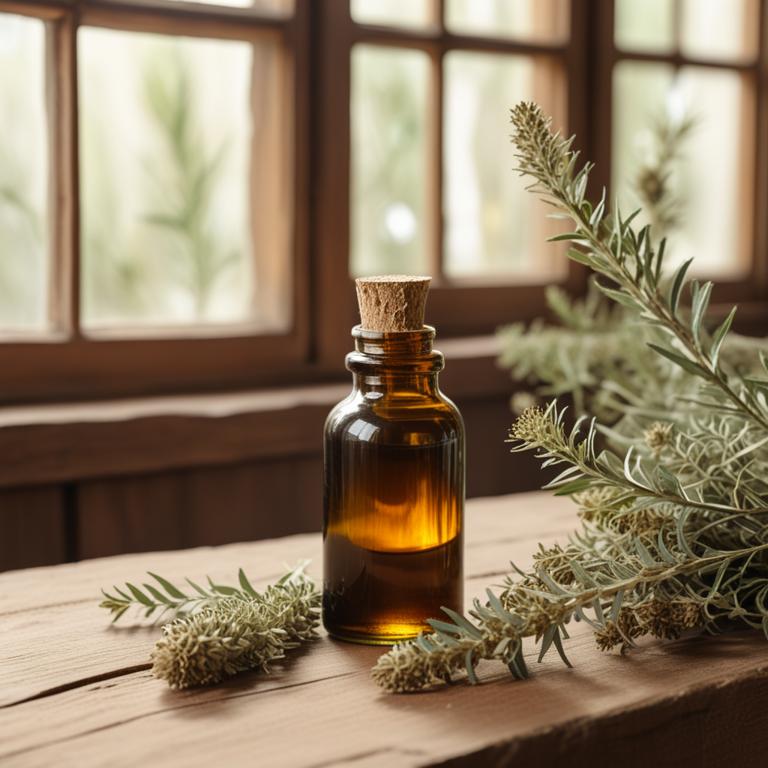
Melaleuca alternifolia tinctures have been traditionally used to treat psoriasis due to their anti-inflammatory and antiseptic properties, which help to reduce redness, itching, and scaling associated with this skin condition.
The bioactive constituents, including cineole and terpinen-4-ol, have been shown to possess antimicrobial and anti-inflammatory activities, making them effective in soothing and healing affected skin areas.
The tinctures help to treat psoriasis by reducing the severity of symptoms, promoting wound healing, and preventing further irritation and infection.
Regular use of Melaleuca alternifolia tinctures can provide relief from psoriasis symptoms, improve skin appearance, and enhance overall well-being.
Related Study
According to "Adverse drug reactions and toxicological reviews", Melaleuca alternifolia tinctures have activity against inflammatory/immune disorders affecting skin, particularly psoriasis.
6. Silybum marianum tinctures

Silybum marianum tinctures have been used in traditional medicine to treat psoriasis due to their anti-inflammatory and antioxidant properties.
The tinctures help to reduce inflammation and itching associated with psoriasis, promoting healthy skin regeneration.
The bioactive constituents of Silybum marianum, including flavonoids, lignans, and silymarin, have been shown to inhibit the production of pro-inflammatory cytokines and reduce oxidative stress, contributing to the treatment of psoriasis.
The benefits of using Silybum marianum tinctures to treat psoriasis include reduced symptoms, improved skin texture, and enhanced overall well-being.
7. Hamamelis virginiana tinctures
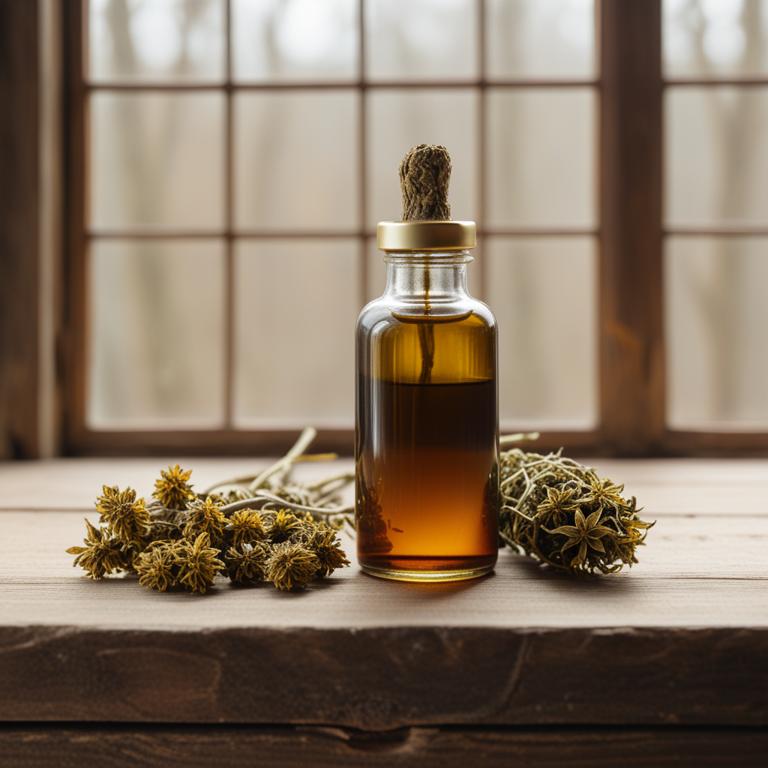
Hamamelis virginiana tinctures have been traditionally used to treat psoriasis due to their anti-inflammatory, antiseptic, and astringent properties.
The bioactive constituents such as hamamelitannin and ferulic acid present in Hamamelis virginiana tinctures help to reduce inflammation, itching, and redness associated with psoriasis.
This herbal preparation helps to treat psoriasis by promoting wound healing, reducing the severity of symptoms, and improving the overall quality of life for patients.
The benefits of using Hamamelis virginiana tinctures to treat psoriasis include reduced inflammation, improved skin texture, and a decrease in the frequency and severity of psoriasis outbreaks.
Related Study
According to the American journal of clinical dermatology, Hamamelis virginiana tinctures for psoriasis show potential as a treatment option, alongside dithranol and methoxsalen (8-methoxypsoralen) in combination with UVA, which are already accepted as standard treatments.
8. Urtica dioica tinctures
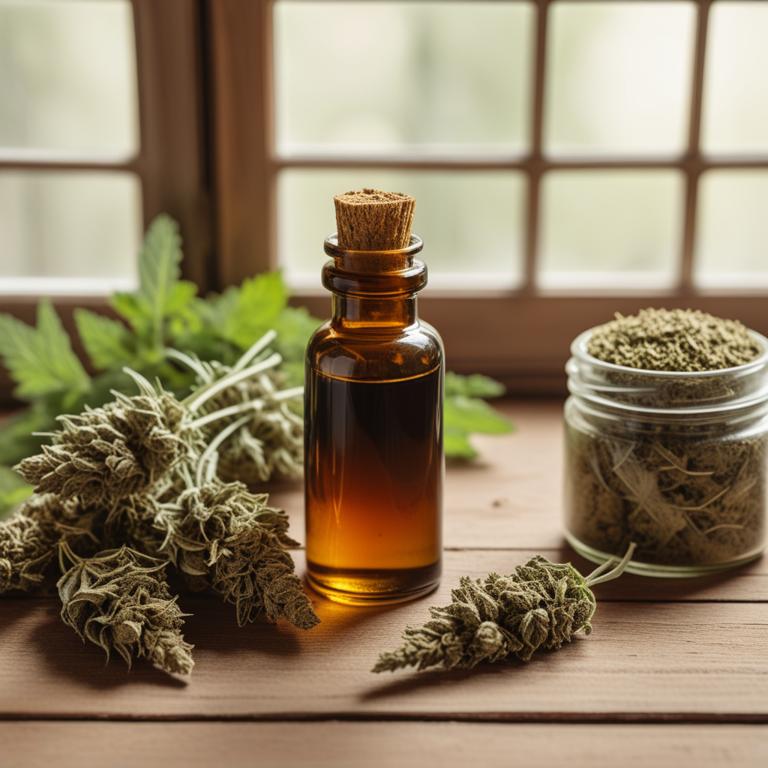
Urtica dioica tinctures have been traditionally used to treat the psoriasis ailment due to its anti-inflammatory, antiseptic, and antipruritic properties.
The bioactive constituents of Urtica dioica, such as flavonoids, phenolic acids, and saponins, help to reduce inflammation and modulate the immune response, making it an effective treatment for psoriasis.
The tincture helps to treat psoriasis by reducing redness, itching, and scaling, promoting skin regeneration and healing.
The benefits of using Urtica dioica tinctures to treat psoriasis include reduced symptoms, improved skin health, and a natural alternative to conventional treatments.
Related Study
According to "Drug metabolism and personalized therapy", Urtica dioica tinctures are not specifically mentioned in the study provided, however, based on the study's general information about Unani Jali drugs, these drugs including those made from Urtica dioica may have keratolytic and debris-peeling effects, which could be beneficial in treating psoriasis.
9. Lavandula angustifolia tinctures

Lavandula angustifolia tinctures have been traditionally used to treat psoriasis, a chronic autoimmune skin condition characterized by scaly, red patches.
The anti-inflammatory and antiseptic properties of this herbal preparation help to reduce inflammation and prevent infection, promoting the healing of affected skin.
The bioactive constituents, including linalool and linalyl acetate, exhibit antioxidant and soothing effects that help to calm the skin and reduce the symptoms of psoriasis.
Regular use of Lavandula angustifolia tinctures may help to alleviate the symptoms of psoriasis, promoting healthy skin and reducing the risk of complications.
Related Study
According to "Journal of ethnopharmacology", Lavandula angustifolia tinctures for psoriasis showed a 73.67% recovery in Psoriasis Area Severity Index (PASI) scores and 87% recovery in Th-17 cell-specific cytokines towards normal when applied topically at a 10% dose.